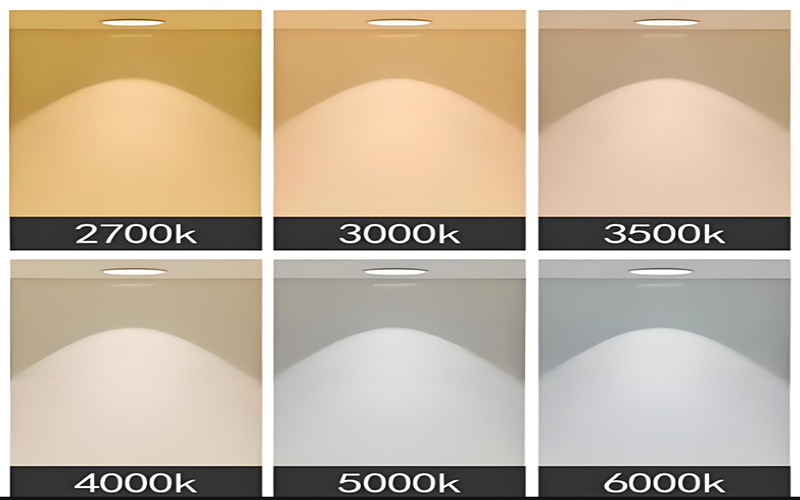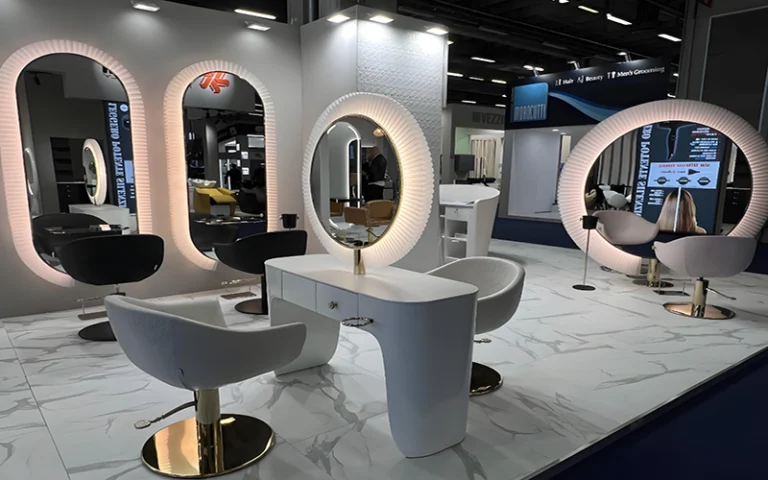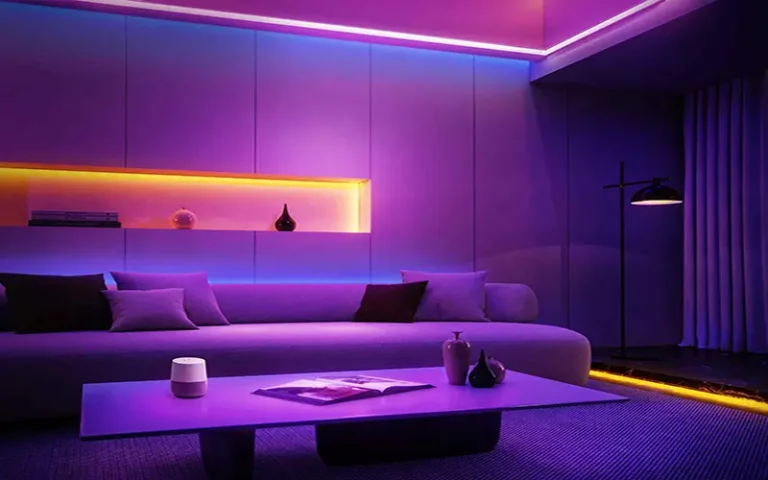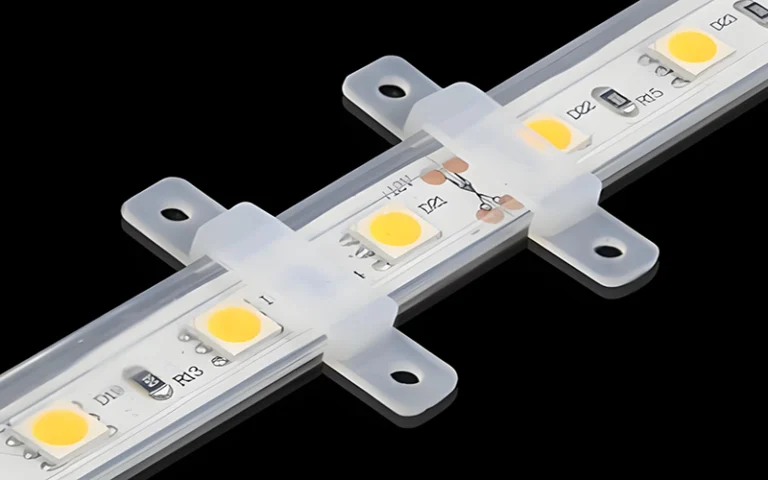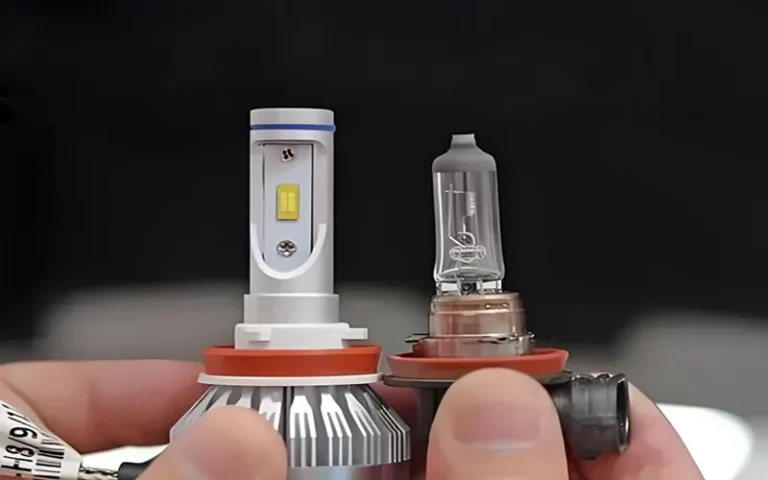How to Choose LED Strip Color Temperature?
When we choose the right LED strip, in addition to power and lumen, we also need to choose an important factor, which is color temperature. Color temperature is very important and depends on the space and atmosphere where it is installed. Different color temperatures can bring different moods and can also change your mood. Let’s analyze the color temperature of LED strip and how to choose the right color temperature for your space.
What is Color Temperature? Why is It Important?
Color temperature refers to the warmth or coolness of a light source and is measured in Kelvin (K). Color temperature is important not only for lighting purposes but also for decoration.
It plays a key role in creating the atmosphere of a room or space. Whether you are decorating your home or designing a workspace, understanding color temperature is essential to making the right lighting choices.
Low Color Temperature
What we can call soft/warm color temperature, generally starting from 1800K. Lamps with lower Kelvin ratings (such as 2700K-3000K) have a warm yellow hue and create a cozy, intimate atmosphere. About the soft warm color temperature, pls read What is Soft White Light?
Most users choose 2700K and 3000K. Because these lamps are perfect for bedrooms, living rooms, and dining areas. When you choose the 2700K or 3000K, pls kindly check 2700K vs 3000K: How to Choose Indoor?
High Color Temperature
Lamps with higher Kelvin ratings (such as 4000K-6000K) produce a cooler blue-white light that imitates daylight.
4000K is a neutral white, while 6000K is a purple tone in white light. These lamps are perfect for task-oriented spaces such as kitchens, offices, and bathrooms.
Warm White vs. Cool White: What’s the Difference?
LED strips come in a variety of color temperatures, but we use warm white and cool white the most. That’s because these two color temperatures are the most versatile:
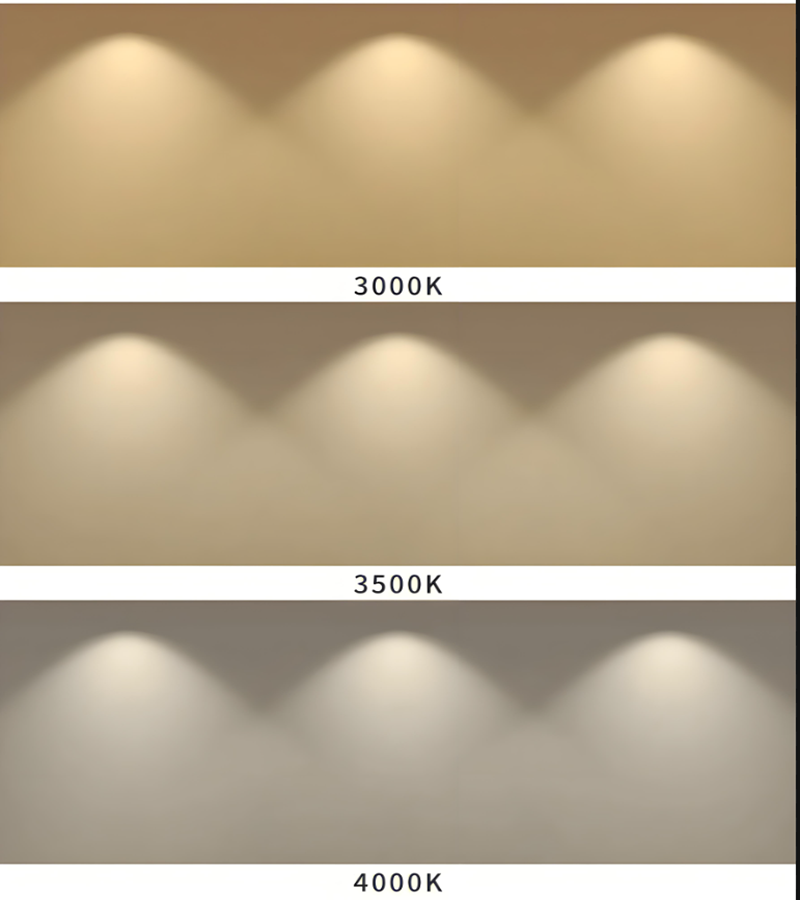
- Warm White (2700K–3000K): This is a soft, yellow light similar to traditional incandescent light. It creates a relaxing, warm atmosphere, perfect for spaces like living rooms, bedrooms, or dining rooms. For interior decoration, warm light is the most popular choice. Because warm white light promotes relaxation and comfort, that’s why it’s often used in places where you want to relax.
- Cool White (4000K–5000K): Cool white is a crisp, bluish-white light. It mimics natural daylight, with a bluish cast above 6000K. It provides greater clarity and brightness. Cool white is best suited for workspaces that require clear visibility, such as kitchens, bathrooms, and offices. It also works well with modern and minimalist decors, providing a clean, sharp look.
When Should You Use Soft White LED Strip Lights?
Warm light is mostly used for indoor lighting. Generally, living rooms and bedrooms are the places where warm light is used.
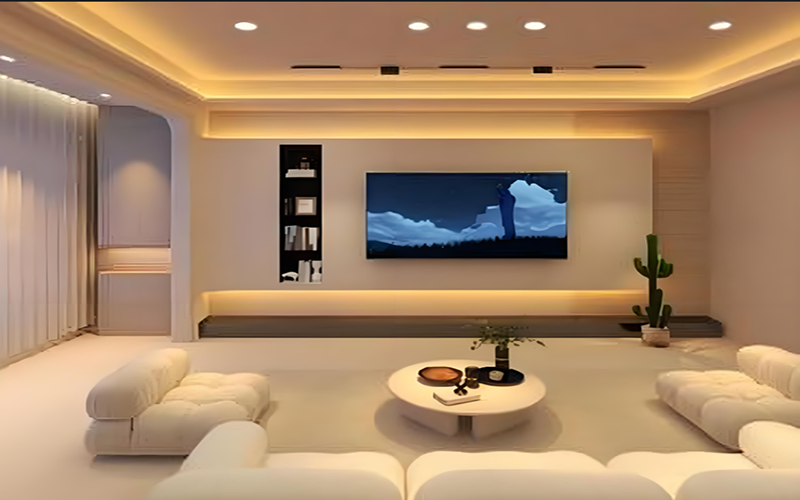
- Bedroom: Use soft white LED strip lights under the bed or behind the headboard to create a calm and soothing atmosphere. It can also promote a restful sleep and improve insomnia.
- Living Room: Use soft white LED strip lights to highlight architectural features. There will be a gathering of family and friends, and it will also feel warm and comfortable. It is perfect for family reunions.
- Dining Room: Soft white LED strips under the table or on the wall to create a romantic and intimate atmosphere. It is mainly to set off the atmosphere. In fact, the dining room and kitchen mainly use white light, 4000K or 5000K.
- Bathroom: Create a spa-like ambiance with soft white LED strip lights around the mirror or under the cabinets.
Factors to Consider When Choosing the LED Strip Color Temperature
When choosing the perfect LED strip light color temperature, it’s primarily about where and what the installation will be for to ensure the lighting complements your space. Here are some important considerations:
Room Functionality
The function of a room plays a big role in determining the ideal color temperature. Above we analyzed different color temperatures recommended for different rooms in the house.
For example, cooler lighting (4000K-5000K) is better suited for work environments or kitchens where clear visibility and focus are required. On the other hand, warmer lighting (2700K-3000K) is best suited for areas such as living rooms and bedrooms where comfort and relaxation are the top priorities.
Room Size
Also, consider the size of the room. Larger rooms may require cooler, brighter lights to evenly illuminate the space, while smaller rooms are often better suited to warmer lights to create a more intimate and cozy feel.
Personal Preference
It’s also important to consider how you feel in the color temperature of your space. Some people prefer a cool, crisp white light, while others opt for a warm, yellow-tinged light. The choice is subjective, so consider how you want to feel in your space.
Décor and Color Scheme
Existing decor and color schemes can affect the lighting effects in a room. We also need to match furniture and wallpaper, etc., and then match the color temperature. Because the color of the walls, furniture, and flooring will affect your choice of color temperature.
Energy Efficiency
Different color temperatures may impact the brightness and energy consumption of your LED strips. While this is not always a primary consideration for most people, choosing high-efficiency LED lights, such as those that offer more lumens per watt, can save energy and reduce electricity costs.
Why Does the Same Color Temperature Look Different?
It’s common to find that the same color temperature can look different in various settings. Several factors contribute to this phenomenon:
- Room Size and Shape: It may be related to the size of the room. In fact, a small, enclosed space may amplify the warmth or coolness of the light, while a larger room may diffuse the light, making it seem less intense.
- Wall and Ceiling Colors: Light reflects off surfaces, so the color of your walls, ceilings, and furniture can dramatically change the appearance of light. For example, white or light-colored walls reflect more light, making the space appear brighter. Whereas darker walls absorb more light, creating a softer, more muted effect.
- Light Placement: The direction of the light source and how the light is distributed throughout the room can affect the overall effect of color temperature. LED strips mounted under a shelf, inside a cabinet, or along a wall may produce different lighting effects depending on the location.
- Light Source Quality: The quality of the LED chip and the overall design of the LED strip can affect color accuracy and brightness. So we have to choose high-quality LED strip manufacturers.
- Viewing Angle: The angle at which you view the LED strip may slightly change the perceived color temperature. You will also feel the difference when you look at it from different directions.
- Bulb Quality and Manufacturer: Even within the same color temperature range, different LED strips can produce slightly different hues due to differences in quality, phosphor coating, or manufacturing process. Therefore, it is critical to choose high-quality LED strips from reliable manufacturers to ensure consistent lighting. At ESSENLED, products are all kept in one BIN, with no color difference.
Conclusion
When choosing the right LED strip color temperature for your lighting, it’s important to consider the location and purpose of the installation, as well as the size of the space. By understanding the differences between warm white, cool white, and soft white LED lights, and taking into account factors such as room function, decor, and personal preference, you can complete a lighting project that enhances both the beauty and functionality of your space.

